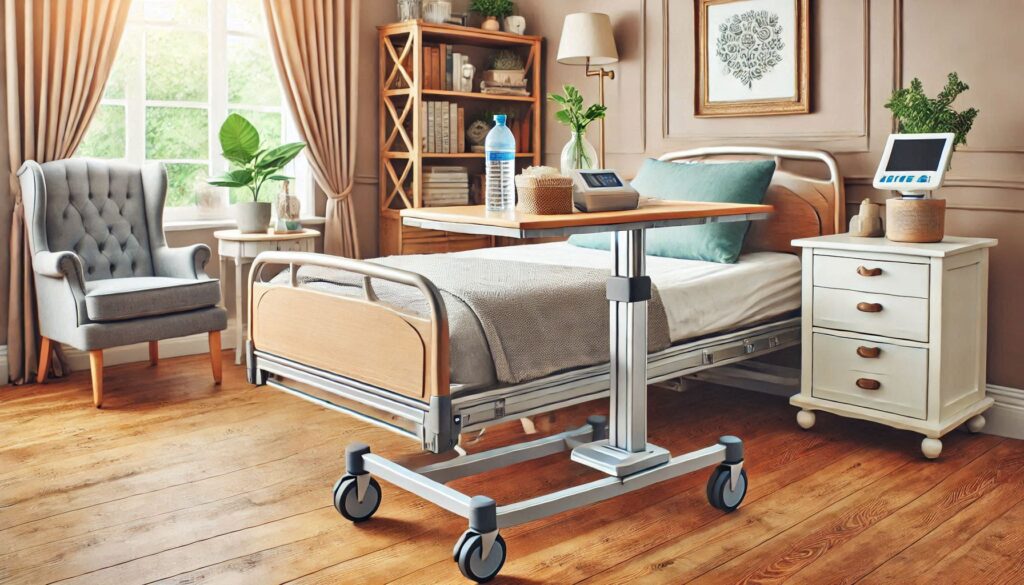Introduction
The market for wrapping and packing machines in the candy, cookie, biscuit, and cracker sectors is poised for significant growth in 2025 and 2026. This growth is driven by technological advancements, increasing consumer demand for packaged goods, and a shift towards sustainable packaging solutions. This report provides an in-depth analysis of the market trends, key drivers, and future outlook for wrapping and packing machines in these sectors.
Market Overview
Growth Drivers
- Technological Advancements: The integration of advanced technologies such as AI, IoT, and robotics in packaging machinery is enhancing production efficiency and flexibility. These technologies allow for customization, improved sealing mechanisms, and higher production capacities (Markwide Research).
- Consumer Preferences: There is a growing demand for convenience, portion control, and visually appealing packaging. This is shaping product development and machine innovation, with manufacturers focusing on attractive packaging designs to enhance brand image (Finance Yahoo).
- Sustainability Initiatives: With increasing environmental concerns, there is a strong push towards sustainable packaging solutions. Manufacturers are adopting eco-friendly materials and energy-efficient processes, which are influencing the design and functionality of packaging machines (AMEFT).
Market Segmentation
The market is segmented based on product type, application, and region. Key product types include:
- Cookies and Crackers: This segment is characterized by a diverse range of products, requiring flexible and efficient packaging solutions. Syntegon, for instance, offers a broad portfolio of handling and flow wrapping solutions that can be seamlessly integrated into existing production environments (Syntegon).
- Candy: The candy wrapping machine market is experiencing robust growth due to the rising demand for packaged candies and the need for efficient and attractive packaging solutions. Customization options and sustainability initiatives are key trends in this segment (Markwide Research).
- Biscuits: The biscuit packaging market is driven by the need for flexible and durable packaging solutions that cater to a wide variety of product shapes and sizes (Syntegon).







